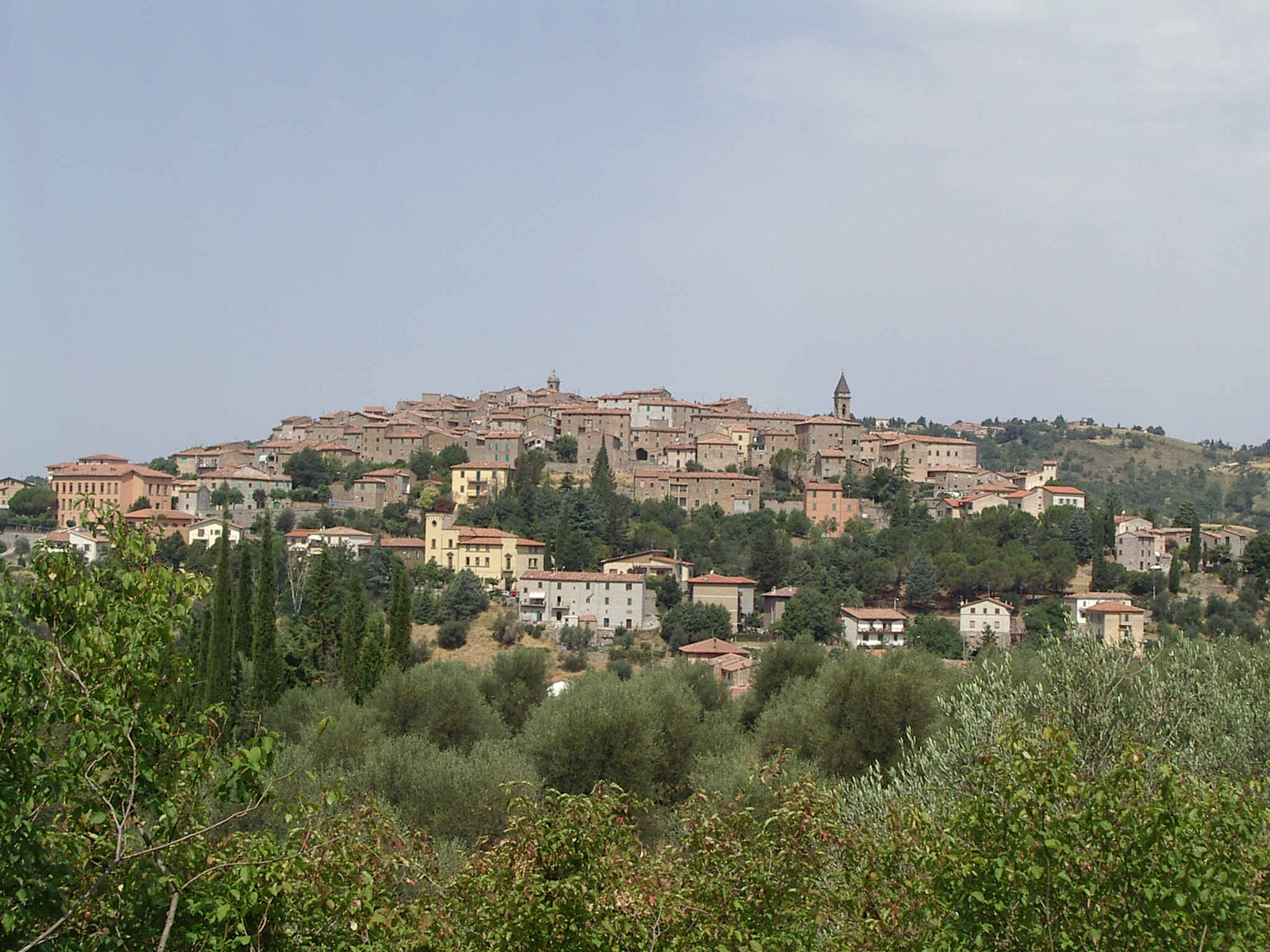The municipal territory extends over an area of less than 50 km², between the north-western slopes of the mountain massif of volcanic origin of Monte Amiata and a stretch of the Val d’Orcia, at the point where it insinuates from the province of Siena to that of Grosseto. It borders to the north with the municipality of Castiglione d’Orcia and the province of Siena, to the east with the same province and with the municipality of Abbadia San Salvatore, while to the south and west it borders with the Amiata municipality of Castel del Piano.
With the exception of low hill altitudes near the riverbeds, the municipal territory extends mainly to hilly and mountainous altitudes. A species of olive tree, known as the Seggianese olive, is also cultivated in low mountain areas. This is due to the good exposure which allows the production of oil at various altitudes.
The village of Seggiano is famous for its pecorino cheese, scottiglia alla pescenaia sauce (originally from the hamlet of Pescina), the Amiata chestnut, but above all for its production of extra virgin olive oil with local production with protected designation of origin,
Architectures
Church of San Bartolomeo, built in the 13th century and renovated several times in subsequent periods, has three naves and preserves a 14th-century polyptych attributed to Bulgarini, some contemporary paintings attributed to Ugolino Lorenzetti and 16th-century frescoes .
Church of San Lorenzo Martire in Pescina
Church of the Corpus Domini Company, also dedicated to Saint Bernardino following the transfer inside of the reliquary with objects belonging to the saint previously kept in the Colombaio convent. Inside there are some canvases depicting the saints.
Oratory of San Rocco, built in the 15th century in front of the external walls, houses frescoes by the painter Girolamo di Domenico.
Church of Santa Maria in Villa, located in the locality of the same name on the outskirts of Seggiano, was built in the Middle Ages, with a gabled façade and bell tower; inside there is an image of the Madonna surrounded by frescoes by Francesco Nasini with figures of angels and saints.
Church of San Bernardino in Poggioferro
Convento del Colombaio, an ancient monastic complex located not far from the castle of Potentino, was the first monastery founded by the Franciscans in the province of Grosseto.
Santuario della Madonna della Carità, built in the Renaissance period at the foot of the town and restored in later periods. The trachyte facade is in Baroque style; the brick dome is very characteristic. The church preserves a fresco placed on the portal depicting the Annunciation while inside there are various altars.
Cappella di Sant’Antonio da Padova, noble chapel of the Potentino castle.
Walls of Seggiano, built starting from the 10th century, completely delimit and enclose the medieval village, which can be accessed through one of the three gates (of San Gervasio, degli Azzolini and del Mercato) open along the curtain wall.
Castello del Potentino, from the Middle Ages, is located a few kilometers downstream to the north-west of the town. The castle, which shows signs of Renaissance restructuring, is home to a farm.
Museums
Permanent Documentation Center on the cultural heritage of the area, explains some works of art that can be visited in the municipal area, including the Madonna with Child and Saints by the Master of Panzano and two works from the school of the Nasini brothers.
Garden of Daniel Spoerri , a suggestive park-museum created by the homonymous artist, where numerous sculptural works by him are placed.



